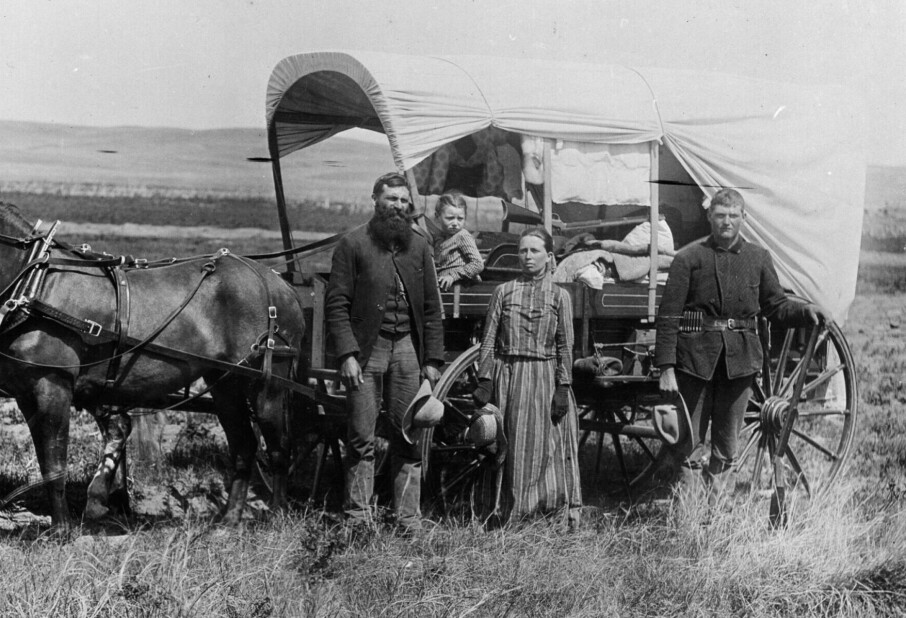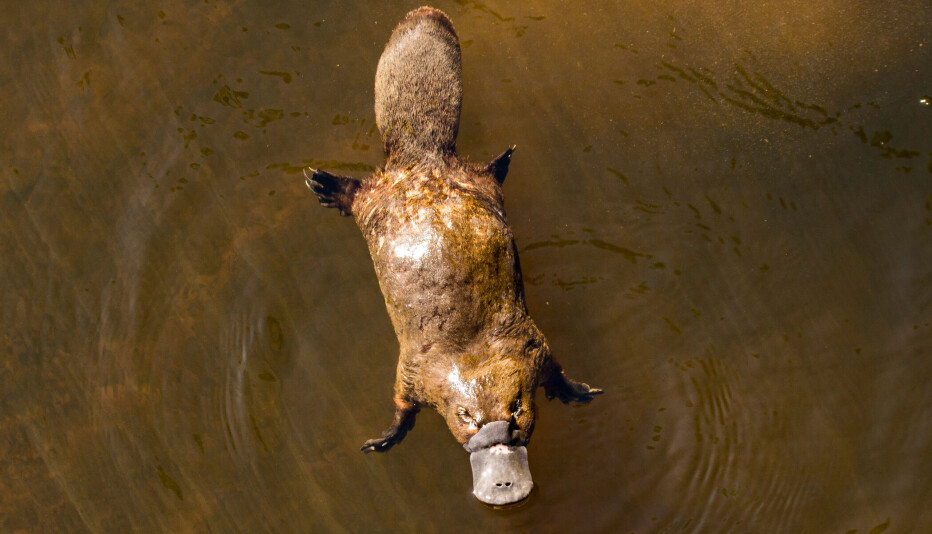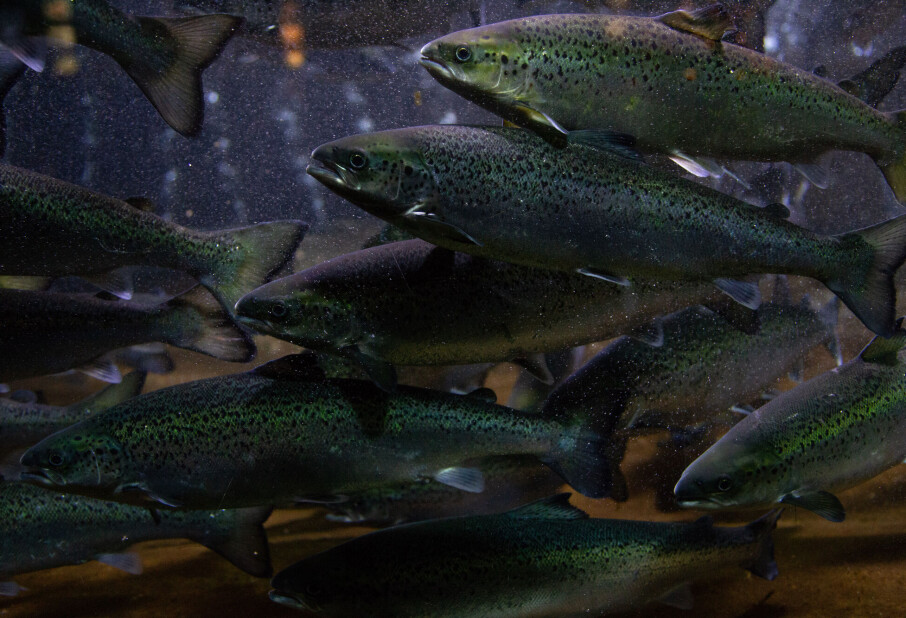Bird flu in the US leads to higher egg prices and pandemic risk: “Highly likely to spread between humans,” says researcher
Bird flu has led to a massive egg shortage in the USA. Researcher warns that this could affect the production of vaccines against this very disease in humans.

A great number of laying hens in the USA have recently died or been slaughtered due to bird flu.
“They have not succeeded in limiting the spread,” Gunnveig Grødeland tells sciencenorway.no.
She is a vaccine researcher and professor of immunology at the University of Oslo.
In the last months of 2024, more than 20 million hens in the USA died due to bird flu, according to the U.S. Department of Agriculture (USDA), reports Newsweek.
“This indicates that it's spreading between farms, and it will probably escalate,” says Grødeland.
For comparison, there are around four million laying hens in all of Norway, according to the report Kjøttets tilstand (The state of meat).
Eggs have become 25 per cent more expensive in the USA
According to the USDA's overview, the virus has appeared in dozens of flocks at the beginning of 2025. The significant infection pressure and loss of laying hens have caused egg prices to rise sharply in the USA in recent months. According to Newsweek, the increase was more than 25 per cent from November to mid-January.
The issue has been widely covered in American media, including USA Today, which writes that prices will likely continue to increase.
“An alternative is to develop vaccines that stop the spread among poultry,” says Grødeland.
So far, this virus has not developed the ability to spread between people, as the coronavirus did.
At the moment, it is still considered a low risk for the general public.
However, the pandemic risk is increasing, as described by the academic journal Nature. This is one of the viruses with the highest pandemic potential that researchers are currently monitoring. More on that later in the article.

Egg shortage could hinder vaccine production
The shortage of eggs could have more consequences than just empty store shelves. The viruses used to produce flu vaccines are usually grown in fertilised chicken eggs.
Norway has secured many millions of doses in case bird flu becomes a human disease, according to VG (link in Norwegian). The contracts have been awarded to two pharmaceutical manufacturers, GSK and Seqirus.
“These vaccines will be produced in the same way as regular flu vaccines, but using the new pandemic influenza virus that may emerge,” Preben Aavitsland writes in an email to sciencenorway.no.
He is a professor and acting regional director at the Norwegian Institute of Public Health (NIPH).
“The virus is grown in chicken eggs, harvested from there, killed, and then placed in the vaccines. Production is consequently dependent on a very large number of chicken eggs,” says Aavitsland.
If the egg shortage spreads globally and becomes severe in a potential pandemic situation, it could mean a reduced access to eggs used specifically for vaccine production, says Grødeland.
“Then you run the risk that not enough vaccines can be made when needed,” she says.
“This is a relevant concern, but we assume that manufacturers have plans to handle this,” writes Aavitsland.

Some vaccines do not use eggs
Grødeland points out that there are alternatives that do not rely on fertilised chicken eggs, which could be important in the context of emergency preparedness.

For example, mRNA vaccines – like those developed during the Covid-19 pandemic – do not require viruses to be grown in eggs.
“As soon as approved and suitable flu vaccines produced with other methods become available, they could be considered for Norway’s emergency preparedness agreements,” writes Aavitsland.
“Manufacturers compete for these agreements every few years,” he writes.
For now, there is no reason for the general public to worry about this virus, Grødeland tells sciencenorway.no.
“But authorities should ensure that we have good vaccine agreements and contingency plans,” she says.
Pandemic potential
“It's highly likely that this virus will develop the ability to spread between humans,” Grødeland tells sciencenorway.no.
At present, the virus cannot do this. That is why it is still considered a limited threat to the population, according to organisations such as the U.S. Centers for Disease Control and Prevention (CDC).
There are several variants of contagious bird flu, but the most closely monitored and widespread is H5N1. Variants of this virus have been monitored since the late 1990s, but much has happened in recent years.
“What's relatively new is the massive spread among birds and mammals over the past few years,” says Grødeland.
Extensive testing, but are all cases detected?
Gunnveig Grødeland explains that the USA conducts extensive monitoring and testing to detect bird flu.
“In large parts of the world, they don't test much, so it's entirely possible that the virus is spreading much more in other regions,” she says.
With such a high level of infection, the risk that some of these virus variants could gain the ability to spread between humans also increases, Grødeland explains.
According to the Word Health Organization (WHO), around 1,000 people have already been infected with the virus, but these cases involve transmission from birds or animals to humans. Most of those infected have been in close contact with infected animals, such as in poultry farms.
Thousands more have likely been infected without being detected, based on antibody studies conducted in Egypt, Grødeland notes.
“The virus has already made the significant leap from birds to mammals on at least two separate occasions,” she says.

Cows, mink, and seals infected
On several occasions, bird flu has spread to new mammals, such as dairy cows in the USA, mink in Spain, and seals in South America.
New findings from the USA suggest that people may not get as sick from the virus, even though previous results have shown a high mortality rate, says Grødeland.
“A mortality rate of around 50 per cent has been measured in humans, but this is largely based on cases from Asia. They have likely received a large dose of the virus directly into their lungs, which could explain why they became seriously ill,” she says.
By comparison, the predecessor to the Covid-19 pandemic, SARS, had a mortality rate of over 11 per cent, according to WHO. This is very much higher than the Covid-19 pandemic.
It is very difficult to predict how a potential pandemic virus will develop, but several findings indicate that the bird flu virus may become milder than the previously observed mortality rate would indicate in humans, according to Grødeland.
“This is of course something we don't know yet, and there are still many uncertainties here,” she says.
———
Translated by Nancy Bazilchuk
Read the Norwegian version of this article on forskning.no

Subscribe to our newsletter
The latest news from Science Norway, sent twice a week and completely free.




































